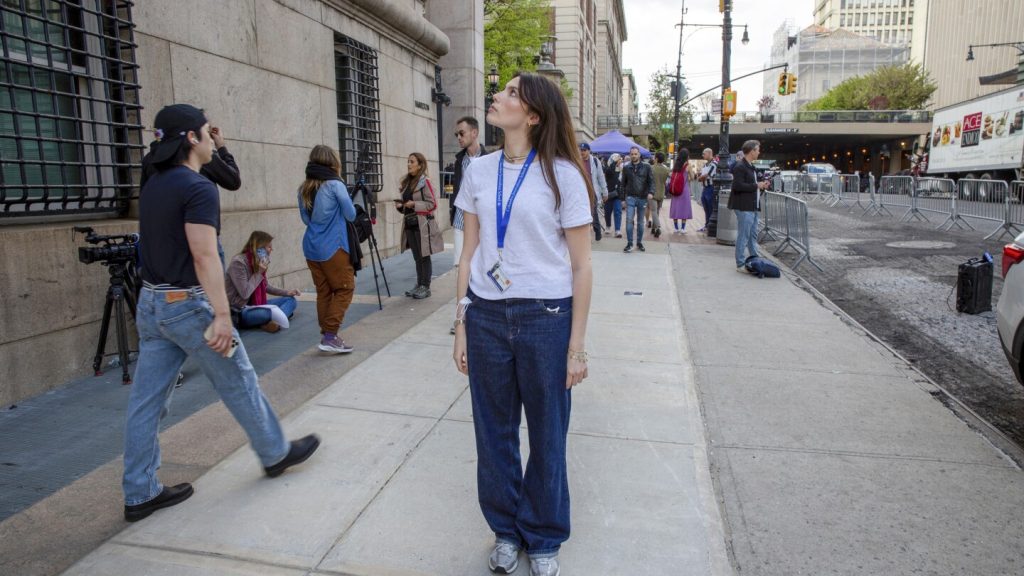Student journalists at Columbia University were on the front lines of the recent protests on campus, capturing the events as they unfolded. The protests, which centered around pro-Palestinian supporters occupying Hamilton Hall, escalated into a standoff with the police. The reporters, working for various publications, were able to document the situation as negotiations with administrators broke down and protesters refused to leave the building. The journalists suspected that arrests were imminent when protesters began hiding their identities with masks and sleeping in classrooms to avoid missing any developments. When a journalism professor started writing arrest hotline numbers on the students’ arms, it became clear that they were witnessing a historic moment.
The police operation to clear out Hamilton Hall marked the culmination of two weeks of tension on the Columbia University campus, which student journalists had been covering. While other media outlets were kept off-campus, these reporters were the only ones capturing the events as they unfolded. As students faced suspension if they did not vacate the building, tensions escalated, with protesters tearing up warning notices and rumors swirling about potential arrests. One student journalist, Seyma Bayram, chose to stay on campus, sleeping in her office as the situation unfolded.
By the time police arrived on campus, many protesters had already left, knowing they faced academic consequences if they stayed. Despite facing arrests, protesters continued to chant and hold hands as police set up barricades outside the building. The scene was emotional, with some protesters in tears as they faced potential arrest for their cause. The reporters, forced off-campus by the police, found themselves horrified by the lack of press presence at the scene, both inside and outside Hamilton Hall.
As police officers moved in to make arrests, student journalists tried to document the events as they unfolded. Some students paired up for safety, as they had never seen such a heavy police presence on campus before. Protesters inside the building led chants through a megaphone, urging those outside to join in. When police buses arrived and issued warnings to disperse, tensions escalated, with officers forcibly removing protesters from the building. Some student reporters captured striking images of the arrests, with protesters shouting at police as they were dragged away. The events left many student reporters in shock, as they grappled with the intensity of the situation.
Despite some level of preparation, the students were still shocked by the swift and forceful police response. Rumors of police action had circulated in the days leading up to the arrests, but many had dismissed them as false alarms. As police descended on the campus, some students found themselves unable to run due to injuries, forcing them to limp alongside their colleagues as they documented the arrests. The experience left many students, including graduate student Emily Byrski, in a state of shock, as they tried to process the events that had unfolded. The protests and subsequent arrests had deeply impacted the campus community, leaving students and faculty reeling from the emotional toll of the situation.


